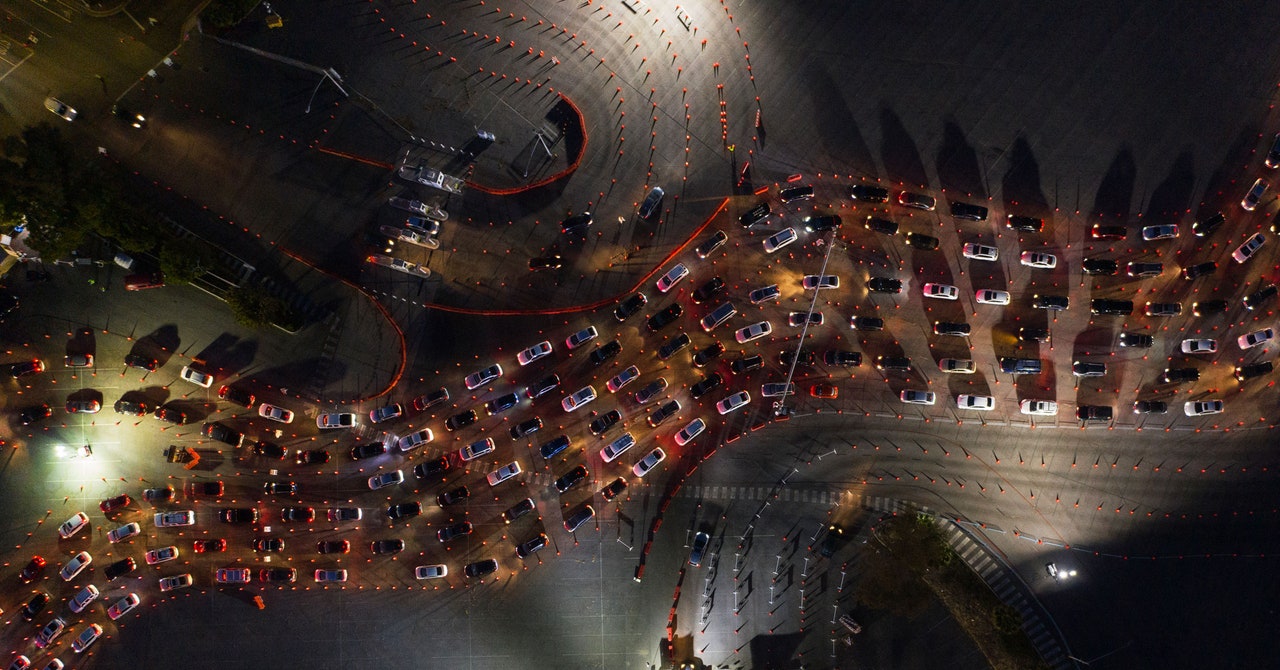
The emergency stage of Covid-19 is over—at least in official terms. The World Health Organization declared an end to the Covid global health emergency last week, and the US will end its federal public health emergency for Covid on Thursday. These announcements come a full year after the European Union moved to end its emergency declaration.
As global and national officials roll back the widespread data tracking, cross-government coordination, and testing programs that were quintessential to the emergency phase of the pandemic, the move raises questions about what was learned from this three-year fight, as well as the vulnerabilities that could be exposed if a new, severe Covid variant—or an entirely new pathogen—emerges.
“A really big worry is that we haven’t really learned enough from this very traumatic, prolonged disaster that was global in scope,” says Josh Michaud, an associate director for global health policy at the Kaiser Family Foundation, a nonprofit research group. Many serious problems persisted throughout the pandemic, like lack of funding for pandemic responses, inequitable distribution of tests and vaccines, and poor public messaging. “If we don’t fix those institutions, those processes, there’s every reason to believe we’d go down a similar road in a future pandemic,” he says.
In the US, new cases, hospitalizations, and deaths are all trending downward, according to data from the US Centers for Disease Control and Prevention. That’s also true of cases and deaths in the EU. But when the US ends its emergency on May 11, the CDC will stop tracking community levels of transmission and instead will track overall hospitalization and death rates. The emergency declaration mandated that local data be provided, and that will now lapse.
And with less data, it will be harder to track new variants, which in turn will complicate the puzzle of updating vaccines to provide the most protection, although in some areas wastewater surveillance and genomic surveillance will continue. Should new variants begin circulating and bring Covid-19 roaring back in the fall, there will be less data available. At-home testing has always left gaps in national statistics and viral genetic sequencing efforts, says Peter Hotez, codirector of the Texas Children’s Hospital Center for Vaccine Development and dean of the National School of Tropical Medicine at Baylor College of Medicine. But now, he says, “we’re flying blind.”
The shift will also make it more challenging for public health officials to convey how serious a risk a future variant could be. “The messaging around ‘it’s over, we’ve won’ is setting us up for a huge betrayal of trust if there is another variant that shows up,” says Sam Scarpino, a professor of health sciences and computer science at Northeastern University. Without that trust, it will be difficult to get significant public buy-in on taking updated vaccines or returning to masking or social distancing. Just 17 percent of people in the US received last year’s bivalent booster shot, according to the CDC, and only 14 percent of people in the EU have their third booster.


